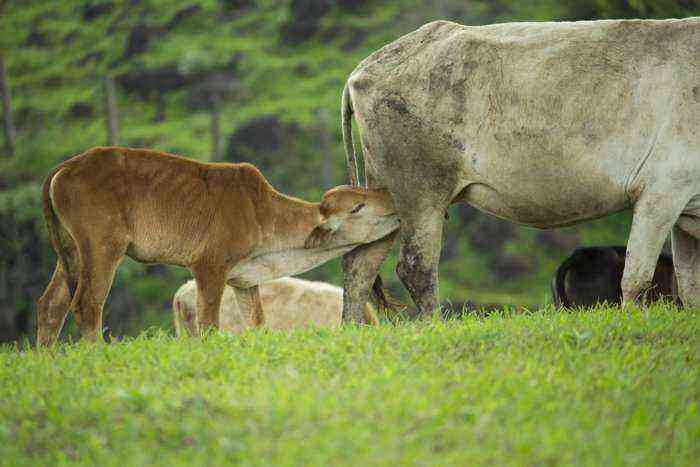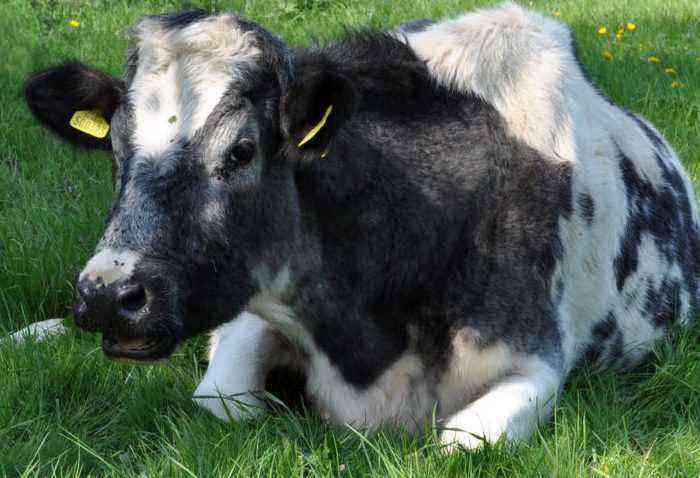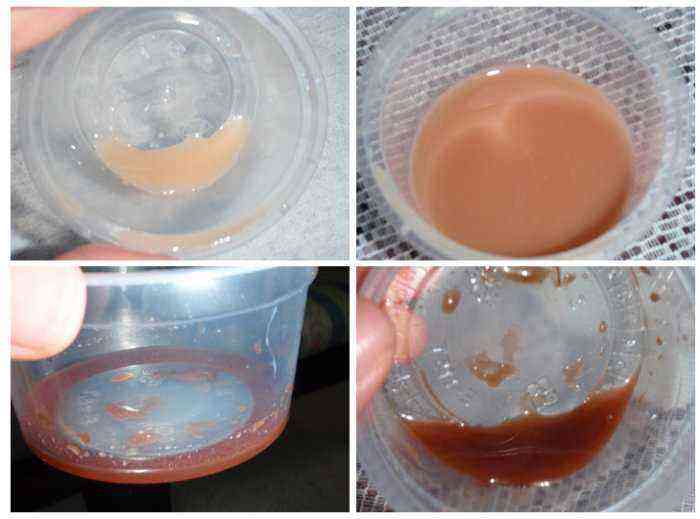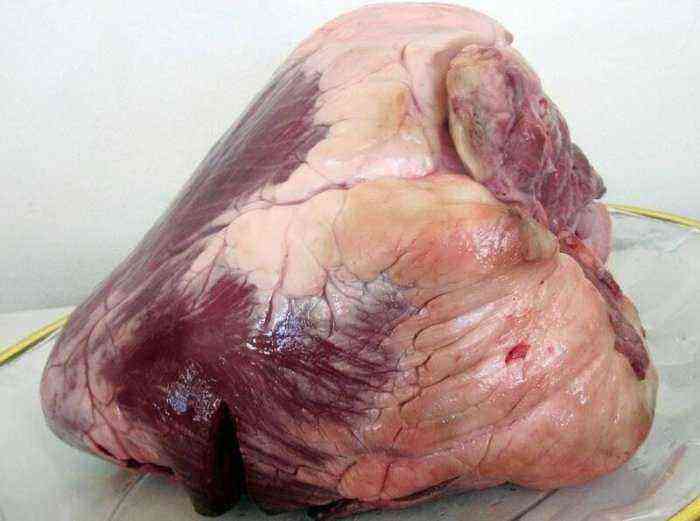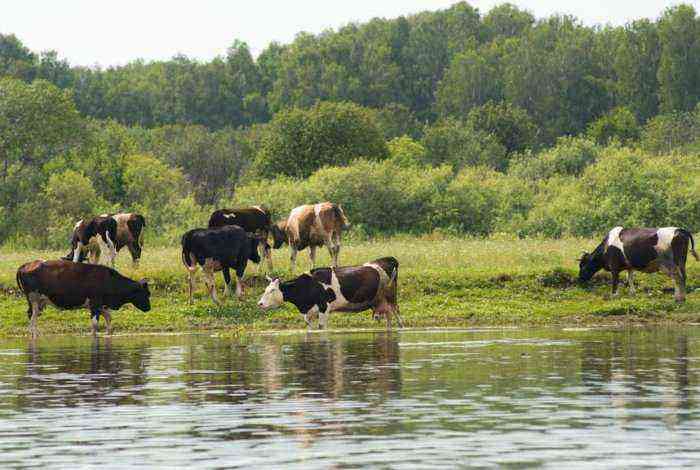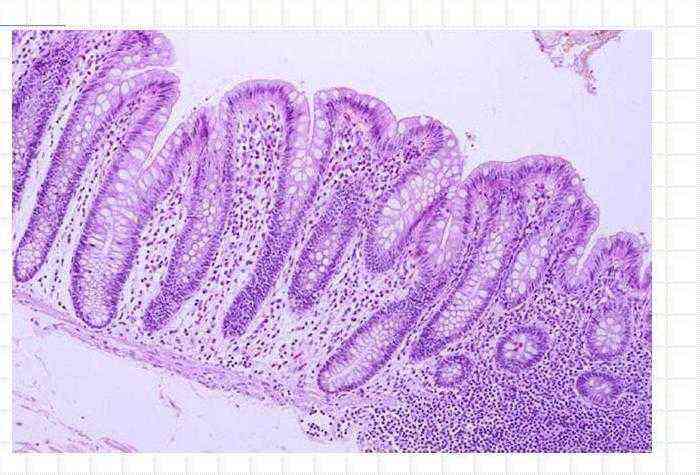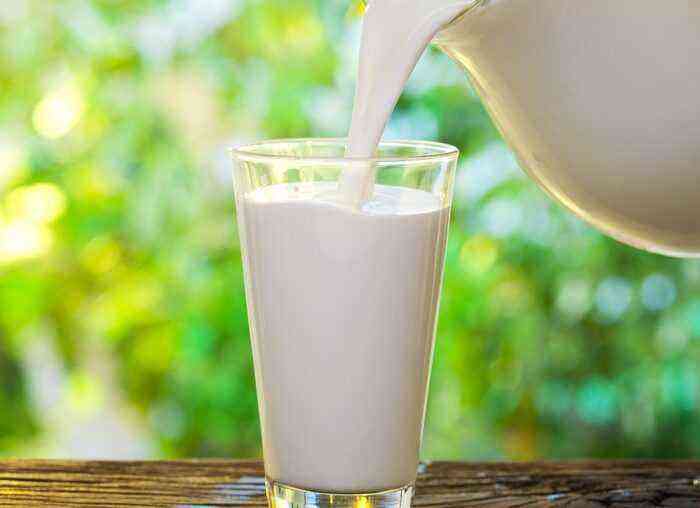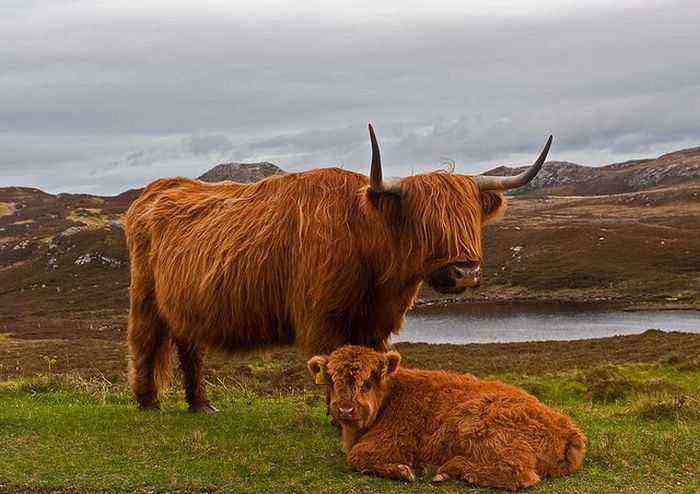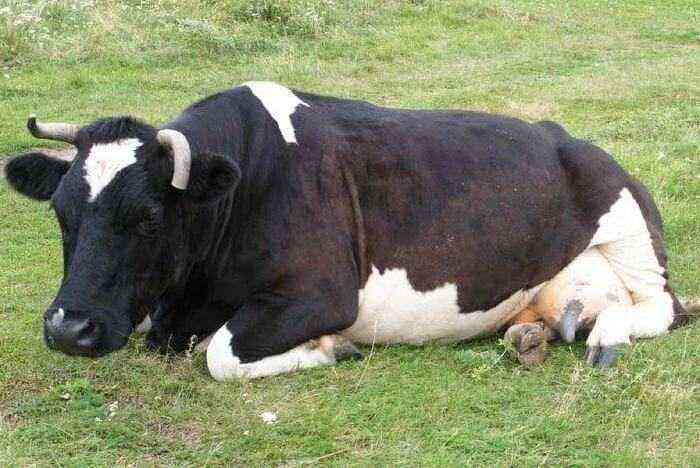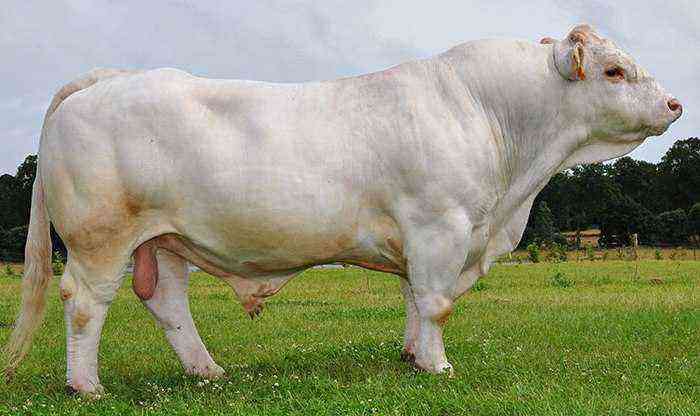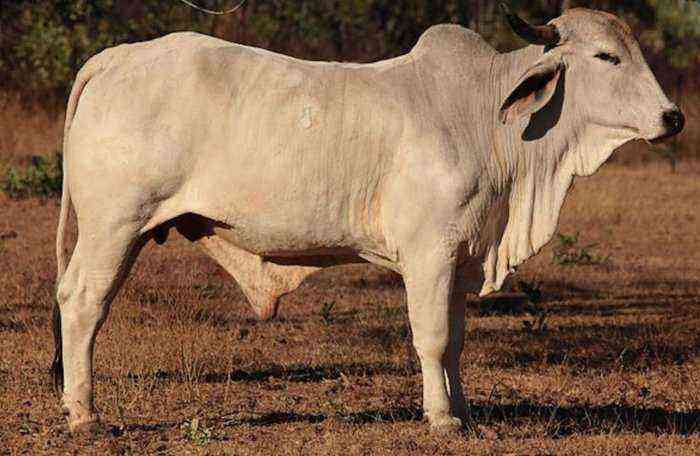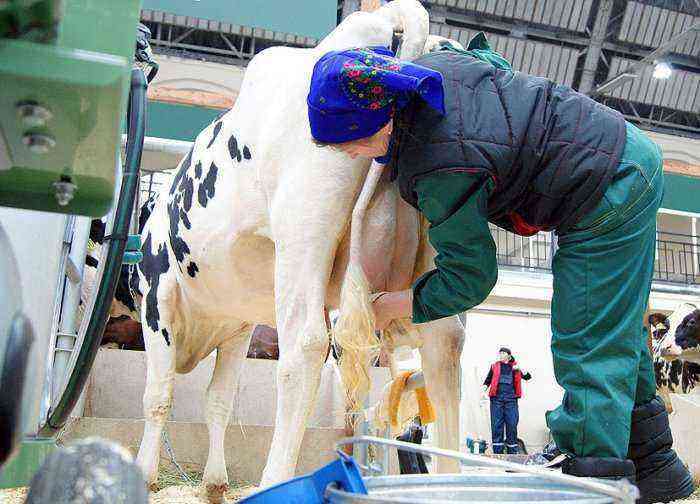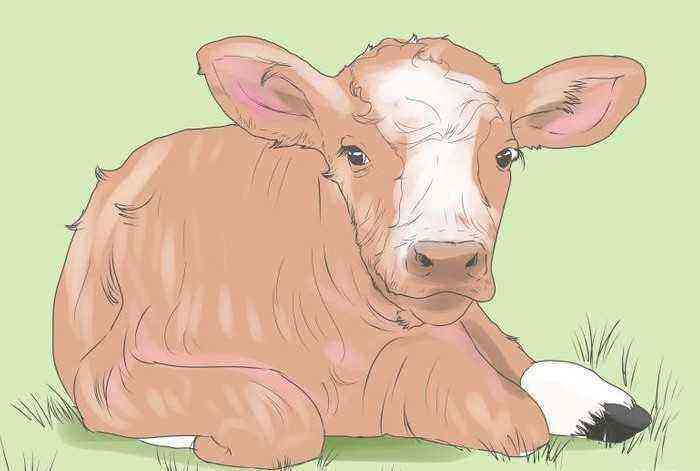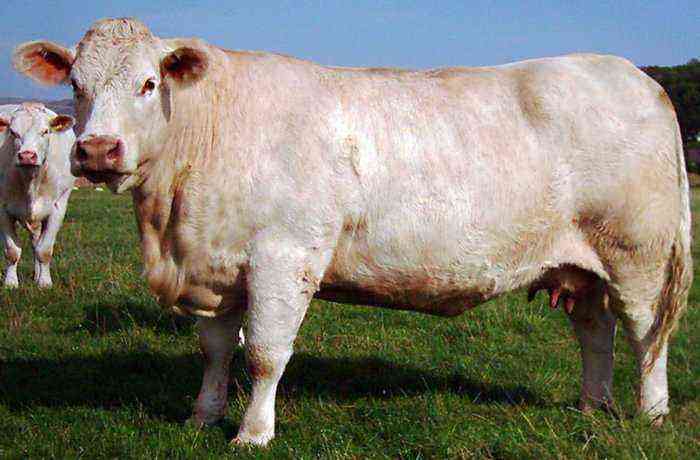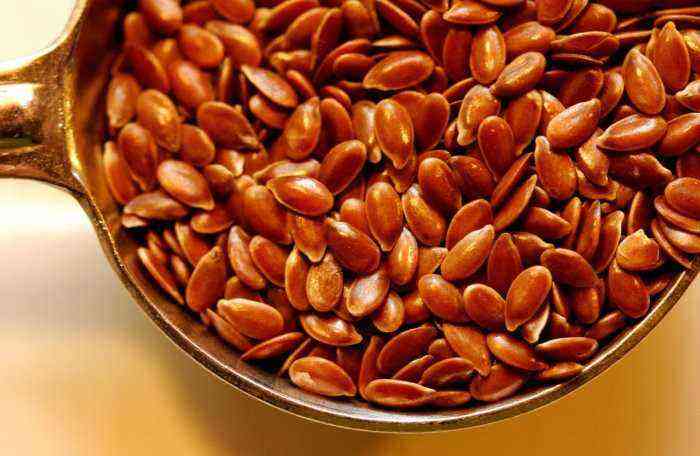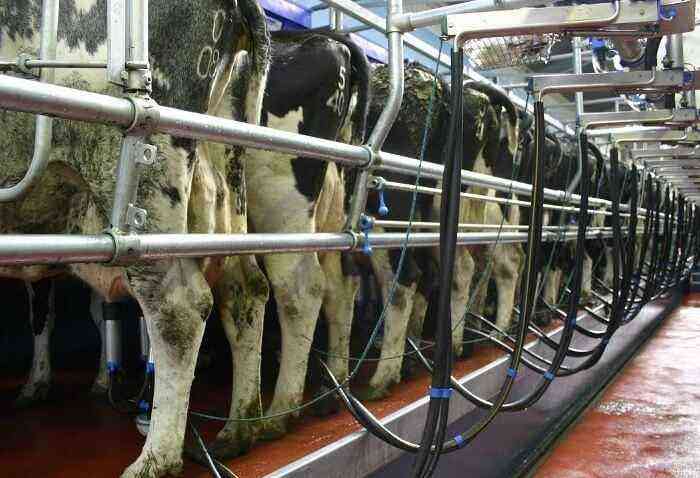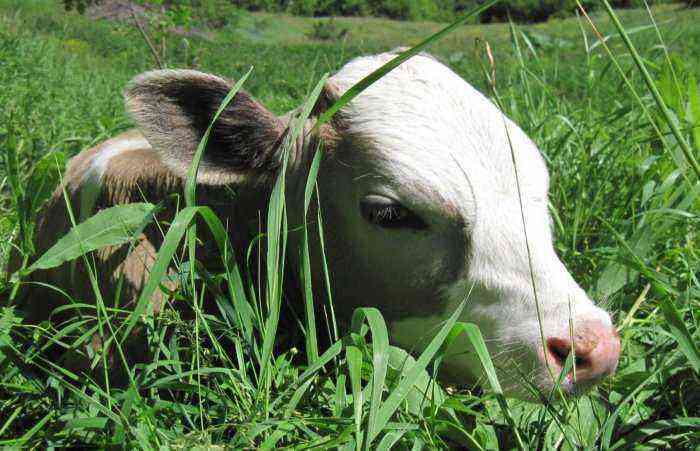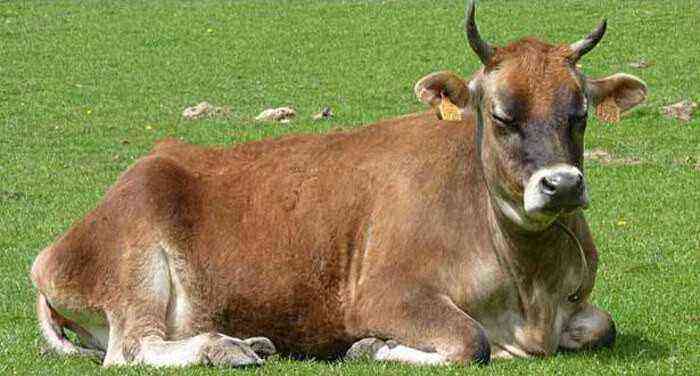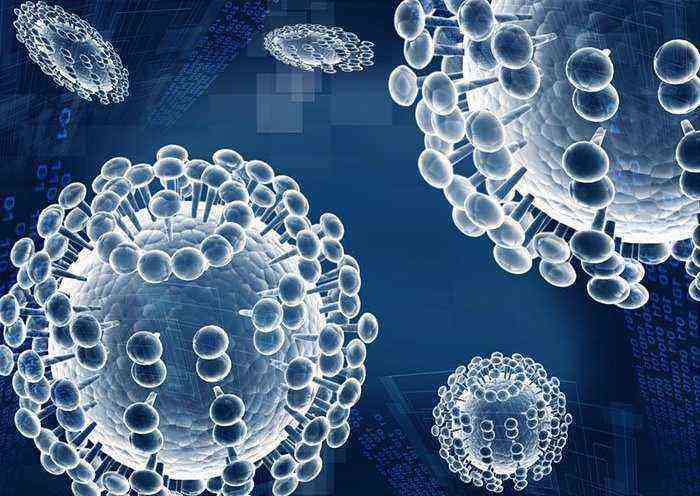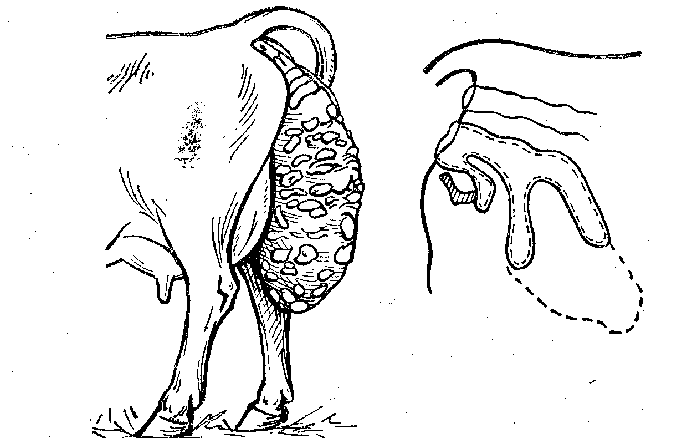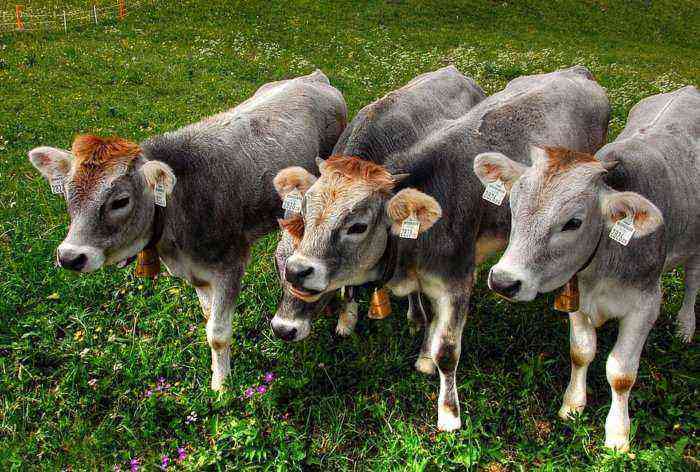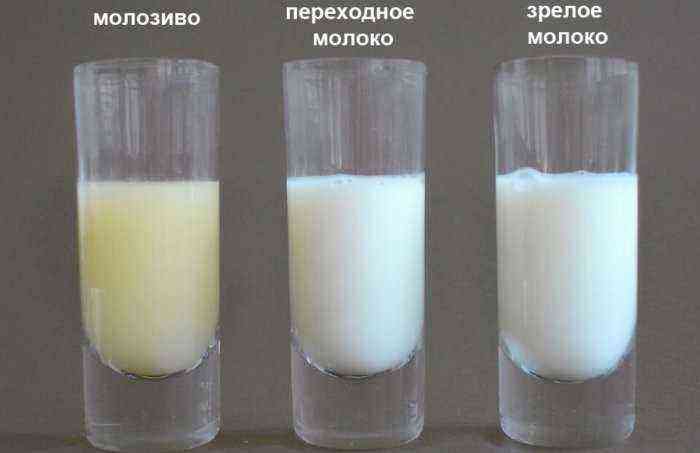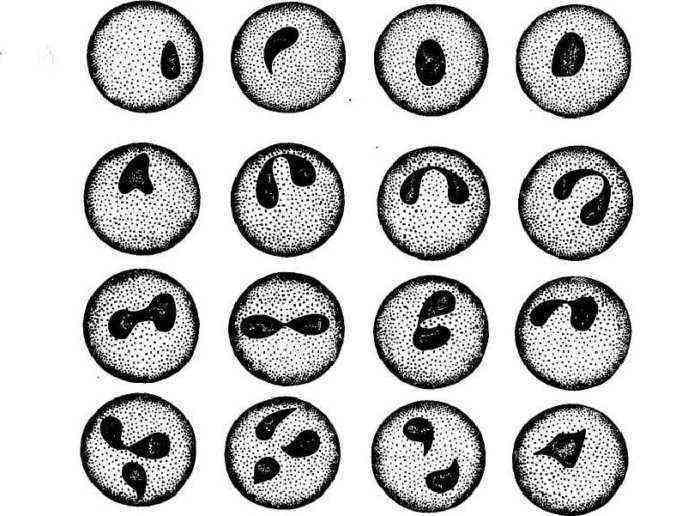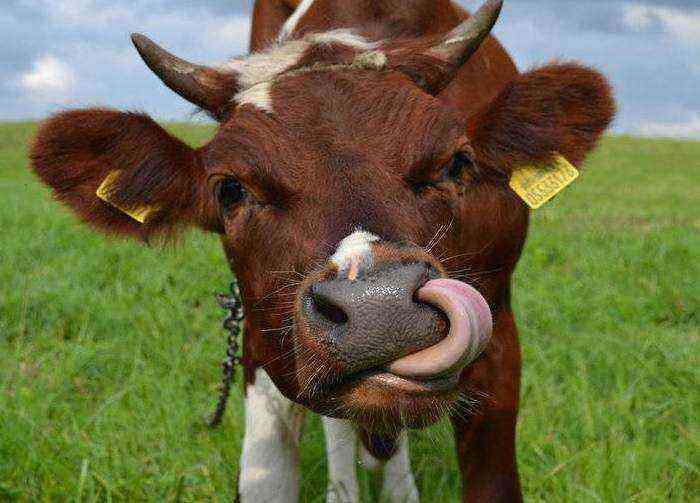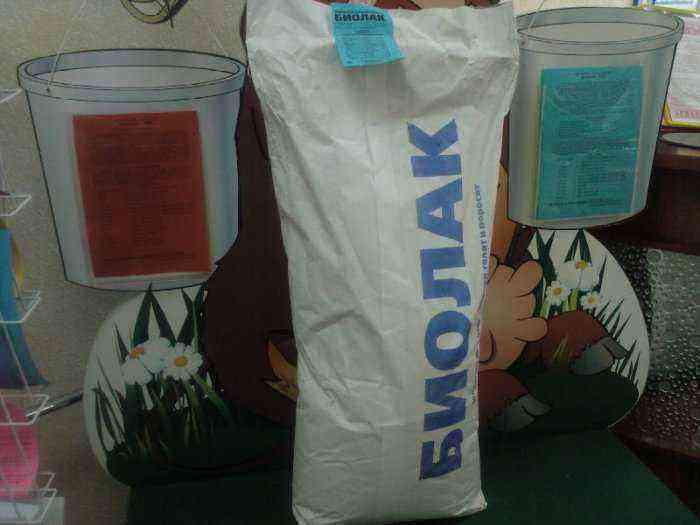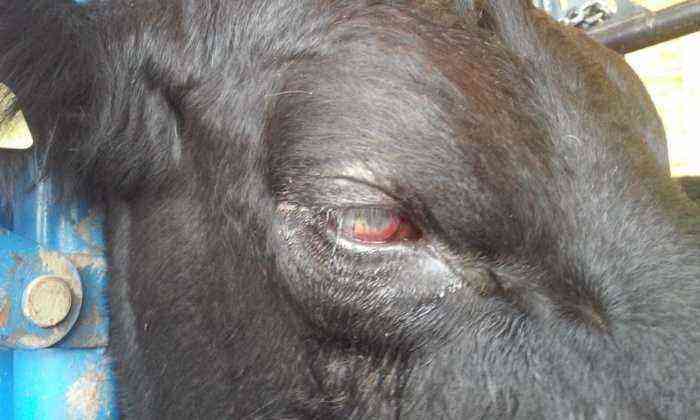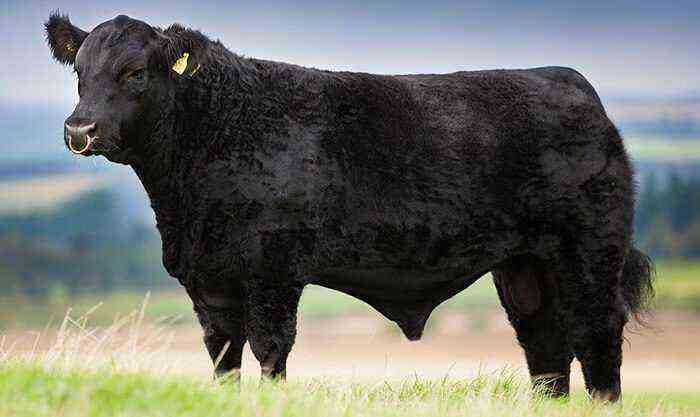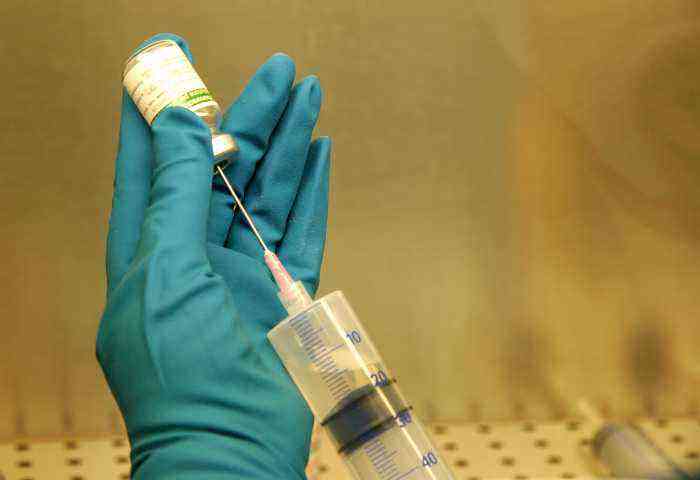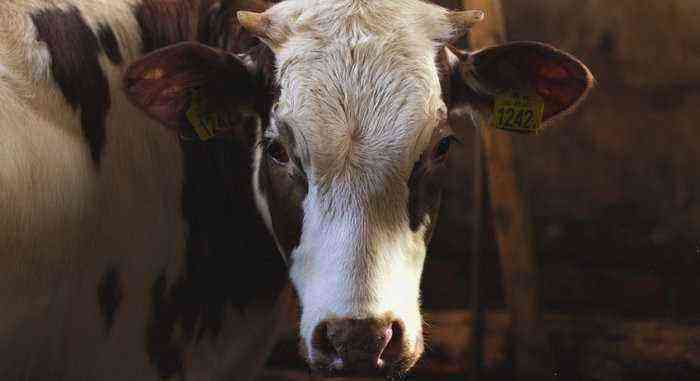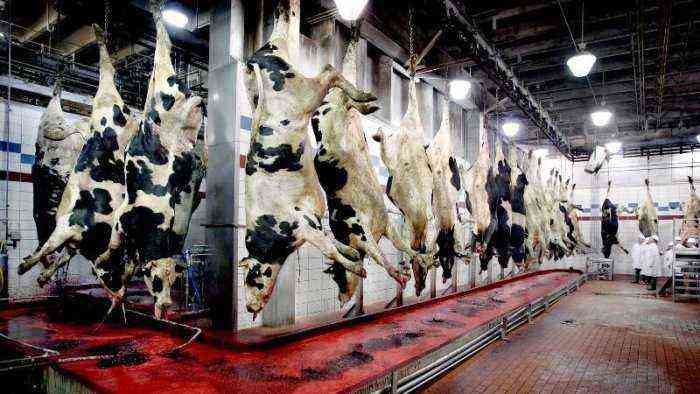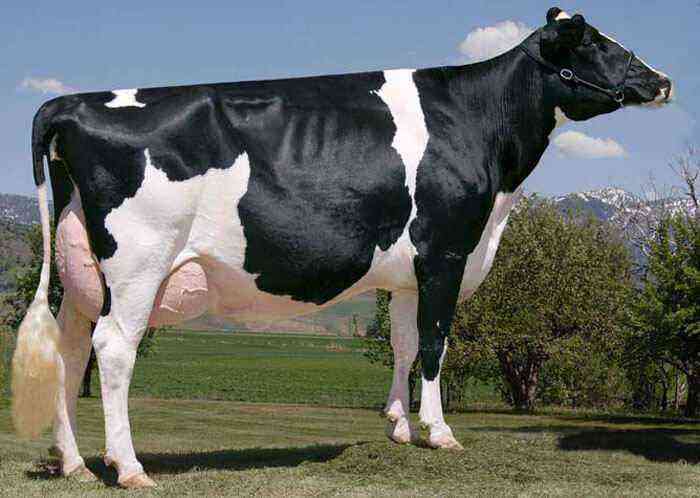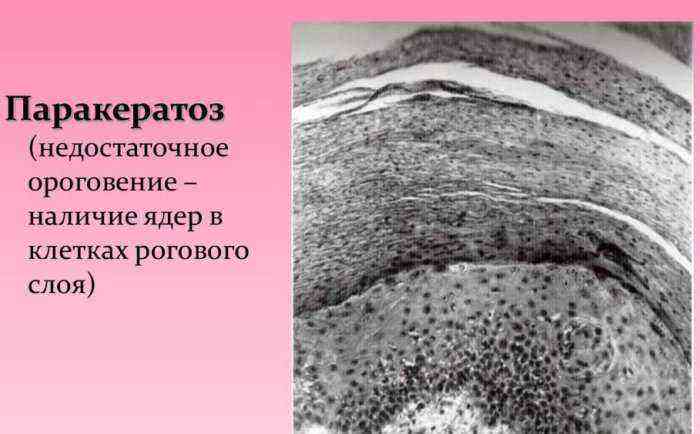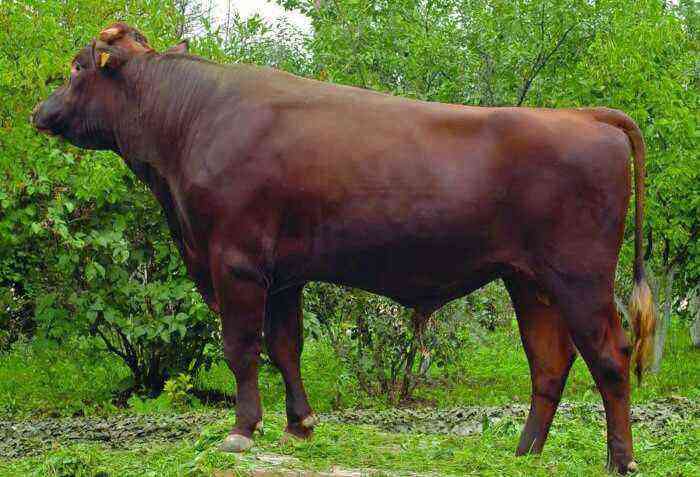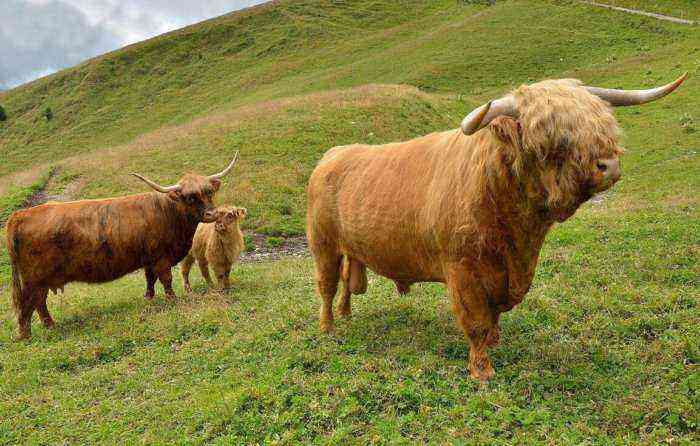Immediately after calving, the cow is at risk. And not only because her body is weakened and more susceptible to infectious diseases. A common problem that needs to be dealt with online is paresis in a cow immediately after childbirth. This disease remains understudied to date. There are no ways to completely prevent it, but timely methods of treatment can be quite effective.
Postpartum paresis
What is postpartum paresis?
Postpartum paresis in cows develops within 3-4 days after calving. This is an acute, rapidly developing disease, which, if not properly treated, ends in death. The animal develops paralysis of the digestive system, limbs and tongue.
Pedigree types of cows and individuals with a high level of productivity get sick more often. Usually during the life of a cow suffers this disease only once. However, there have been cases where the heifer had to be rescued after each birth.
Among the alleged causes, a lack of phosphorus and calcium in the animal’s body or low blood sugar is usually cited.
Important! To reduce the possibility of disease, the cow should receive a balanced diet rich in vitamins and minerals.
Risk groups
Observations have shown that a cow is more likely to develop a cut if she is in one of the following groups:
- well-fed individuals whose daily diet includes an abundant content of concentrated feed;
- cows with high milk productivity (in the case of outbred cows, the percentage of paresis is minimal);
- cows that have reached the peak of milk production (age 5-8 years);
- animals that are kept in stalls and rarely walk;
- recently calved cows (up to 3 days, in rare cases within a few weeks or a month after birth).

Fat individuals at risk
Causes of appearance
Veterinarians today are not ready to answer the question of what exactly causes the development of puerperal paresis in a cow.
Possible reasons include:
- Hypoglycemia. After giving birth, the blood sugar content of the animal drops several times.
- Abnormal activity of the pancreas. A dangerous amount of insulin is released into the body.
- Lack of minerals caused by fetal growth. In particular, phosphorus and calcium.
- Malfunctions of the CNS. The jet apparatus of the brain is unstable, which subsequently leads to paralysis.
The veterinary community still cannot finally decide which of the above options is the primary one. It is also impossible to say with complete certainty that there are no other, yet unidentified causes of the disease.
Symptoms
Postpartum paresis in a cow can be diagnosed by a number of the following characteristic symptoms:
- the animal’s appetite decreases or completely disappears, there is a lack of chewing gum;
- there is a kind of chill (the whole body trembles slightly), the temperature drops sharply;
- nervous excitement is observed, the animal begins to behave inappropriately (unsystematic shaking of the head, lowing, clattering of teeth, blows with horns on the walls of the barn and the fence);
- increased separation of saliva, paralysis of the limbs, pharynx and mouth develops, tongue falls out;
- eyes begin to water;
- malfunctions of the internal secretion systems or their complete stop, emptying of the intestines and bladder stops;
- general weakness of the body and depression.
Attention! If the animal is not promptly provided with veterinary care, then the short-term course of the disease (1-3 days) will necessarily end in the death of the cow.
Treatment
There are two main treatments for postpartum paresis in cows.

Evers apparatus
First. Schmidt’s method consists in pumping air into the cow’s udder immediately after the first symptoms appear. For this procedure, a specially designed Evers apparatus is used. In order for everything to go without harm to the animal, it is necessary to perform a series of sequential manipulations:
- Lay the cow on its side, straighten the udder and put a clean towel under it, disinfect the teats with alcohol.
- Carry out a preliminary cleaning of the channels by milking a small amount of milk.
- Air should be pumped in starting from the lower nipples. The procedure is done until the udder becomes as tense as possible.
- Bandage each nipple with a bandage or ribbon. It is strongly not recommended to use ordinary rope or thread. This can disrupt the circulation of blood in the nipples and cause tissue death.
- As soon as the cow rises to her feet on her own, the bandages should be removed immediately.
Second. Intravenous injection of a large amount of glucose solution (calcium gluconate). It will take about 250-500 ml. Already half an hour after the introduction of the substance, the cow rises to her feet. Everything goes well if:
- the animal shows its former cheerfulness;
- begins to actively feed;
- resumes chewing gum;
- starts to defecate.
In the event that a few hours after the treatment procedures, the cow continues to lie down, all operations should be repeated. This applies to both the first and second methods.
Prevention
First of all, during periods of dryness and lactation, provide cows with the right, complete diet. You should establish an abundant intake of water enriched with minerals, avoid excess protein compounds and lack of carbohydrates. The list of preventive procedures is as follows:

Access to lick salt is essential for prevention
- access to salt lick or the addition of vitamin and mineral impurities to the feed during the entire period of pregnancy;
- 1 month before calving, scheduled fortification;
- regular insolation and daily walks in the fresh air;
- the presence in the diet of a sufficient amount of vitamin D, which provides accelerated absorption of calcium;
- within a week before and after calving, the cow should receive a minimum of succulent feed and concentrates (if possible, it is better to completely exclude);
- 5-7 days before calving, the diet should include about 300 grams of molasses or sugar.
It is also important that the conditions for keeping cows during the dry period are as comfortable as possible. There should be no drafts in the barn, ensure the stable operation of the ventilation system. Regular cleaning of manure and change of straw bedding should be arranged.
Conclusion
If a cow has symptoms of an illness after childbirth, it is important not to delay in providing assistance. The timeliness of therapeutic measures is almost guaranteed to raise your cow to her feet. How terrible and impetuous paresis is, it is just as easy to defeat it. The main thing is not to waste time, not to hope that everything will work out on its own.


